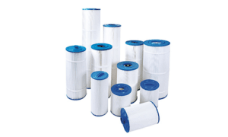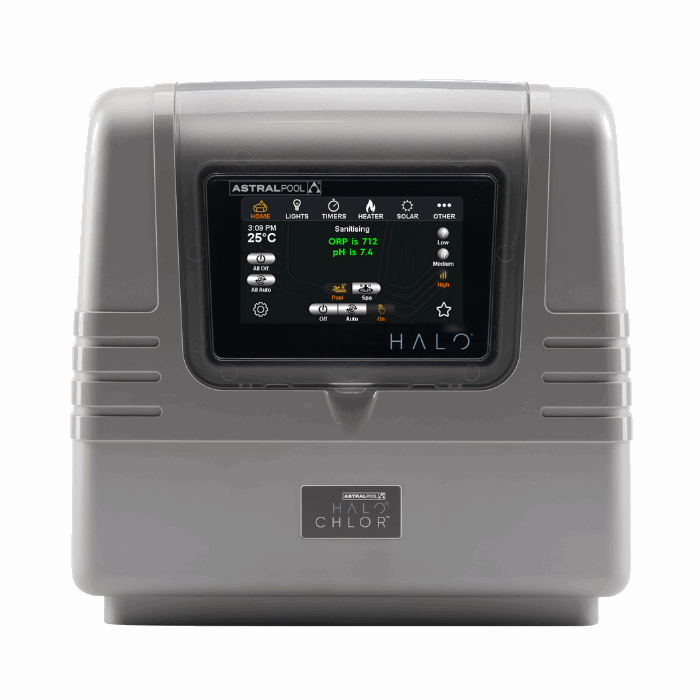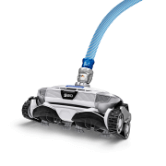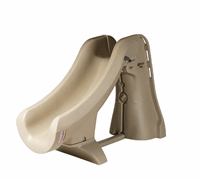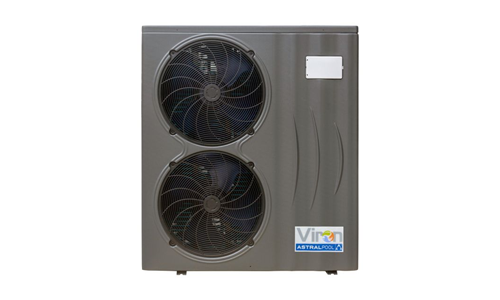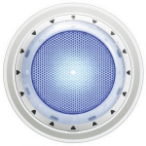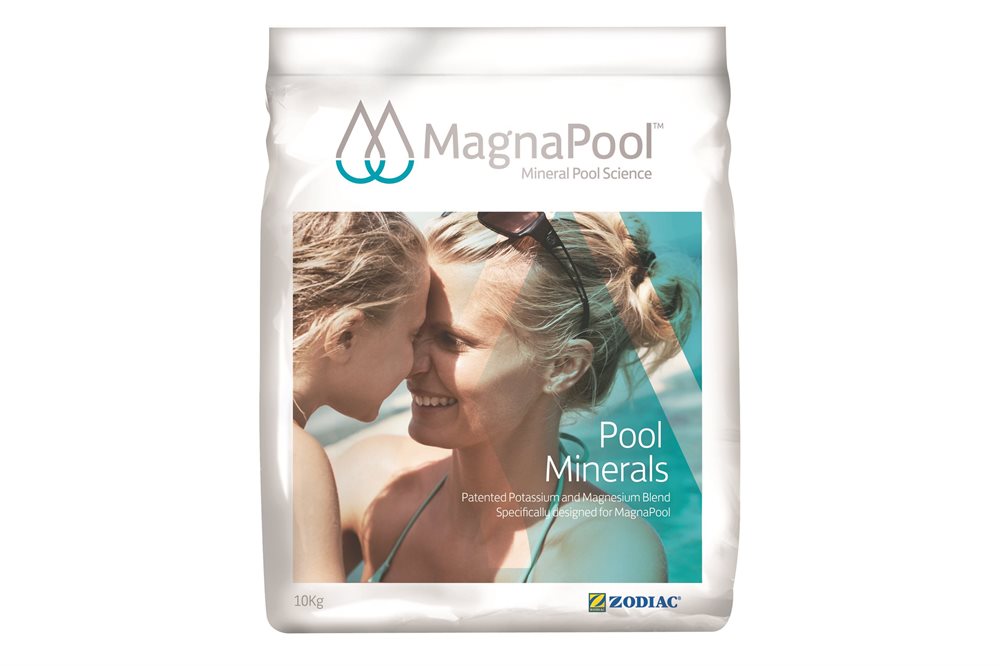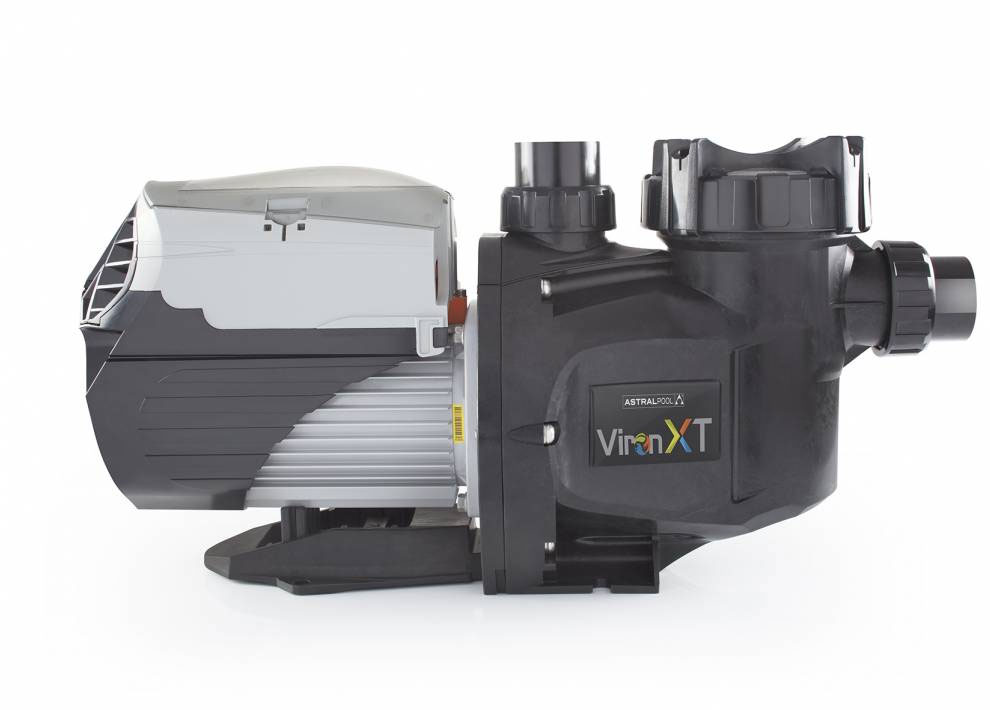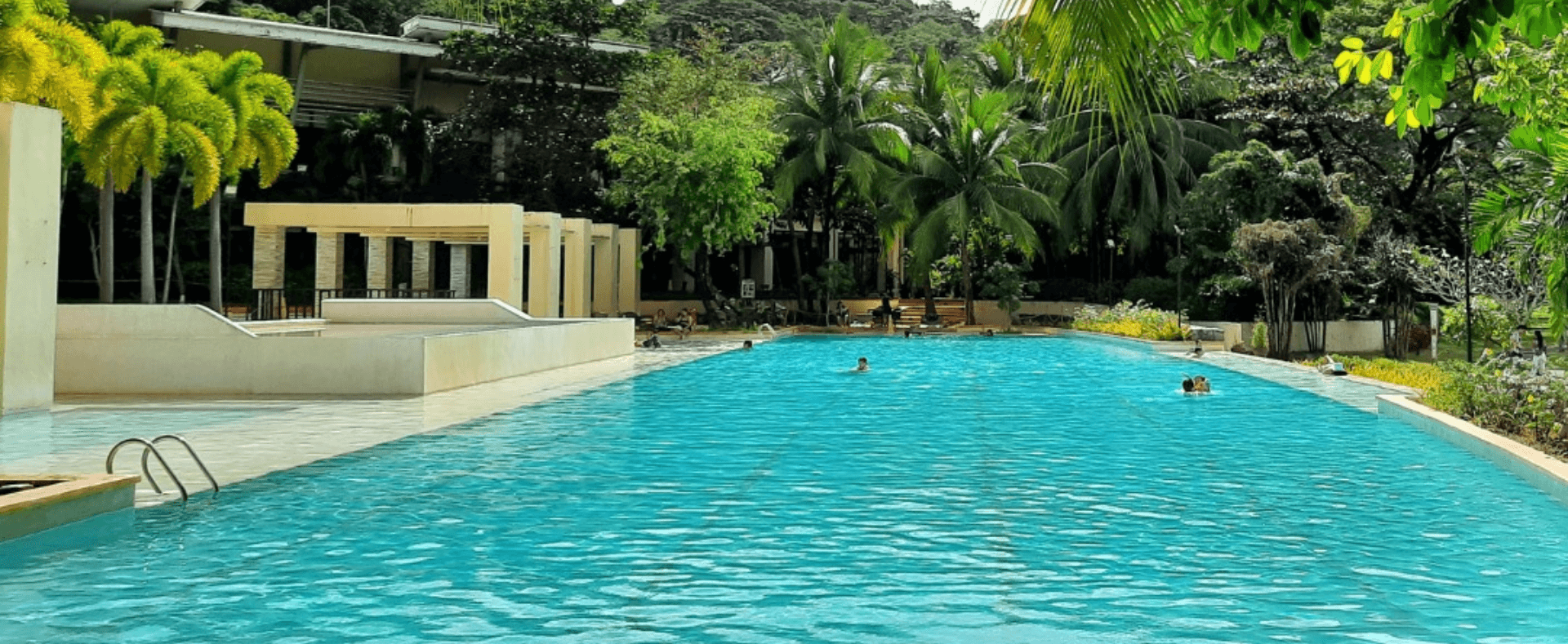
Pool chemicals – What is the perfect balance?
We all know water balance is important, that’s a given… but how do you achieve the perfect balance?
There are a few chemicals that work together to help balance pool water. Once these chemicals are at a level where they can do their part without impacting another chemical the water is referred to as ‘balanced’.
The big 5 levels to keep an eye on are pH, calcium hardness, alkalinity, chlorine and phosphates.
pH
pH refers to the level of alkalinity or acidity in a solution, in this case pool water. On a pH scale 0 is acidic (think battery acid), 7 is neutral (think pure water) and 14 is alkaline (think drain cleaner). The pH in your pool should be slightly alkaline, sitting around the 7.2 – 7.8 mark. When pH is too high you run the risk of algae growth among other issues, too low and the acidic water starts to corrode parts of your pool.
Calcium Hardness
Calcium hardness measures the dissolves calcium and magnesium in the water and will tell you how ‘hard’ or soft’ the pool water is. It is important to keep track of because calcium build-up can create hard white ‘scaling’ which is damaging to pool surfaces and equipment. This build up can be due to unbalanced pH levels or could be caused by the temperature of the water, which is why it is more common to see scaling on the heating equipment. You want to aim for a hardness level between 100 – 400 parts per million.
Alkalinity
Alkalinity is important as it can prevent your pools pH from changing, it is the measurement of the water’s ability to neutralise acids. Your pools alkalinity should be maintained at around 80 – 120 parts per million. Too high or too low and it can cause problems. The alkalinity levels will affect your pH and vice versa, so it is important to make sure the overall pool alkalinity is balanced as well as the pH levels.
Chlorine
Chlorine is used to help sanitise pool water and kill germs, preventing spread of diseases and bacteria. Too little and you run the risk of a smelly pool with possible bacteria and algae. Too much and your pool with have that ‘pool’ smell, swimwear may be affected, and your eyes may start to sting when swimming. You want to ensure you hit the sweet spot where the water stays clean without leaving your eyes stinging and your pool water smelling like chemicals. For pools we recommend a free chlorine level of at least 1 ppm, and for spas at least 3ppm.
Phosphates
Phosphates are organic matter that may end up in pool water through rain and debris (such as fallen leaves). Algae loves phosphates and will feed of it. High phosphate levels will make it difficult for chlorine to effectively clean and sanitise and can lead to green water and/or algae. A level between 100 – 125 ppm is fine but if any higher you may need to get a professional to balance the water. Phosphate removers may be effective if there is no algae growing, in which case the algae may have consumed the phosphates and you now have an algae problem to deal with instead.
If you are in need of a water test we offer them onsite and have a large supply of chemicals that you may need to help get any unbalanced water back on track.

